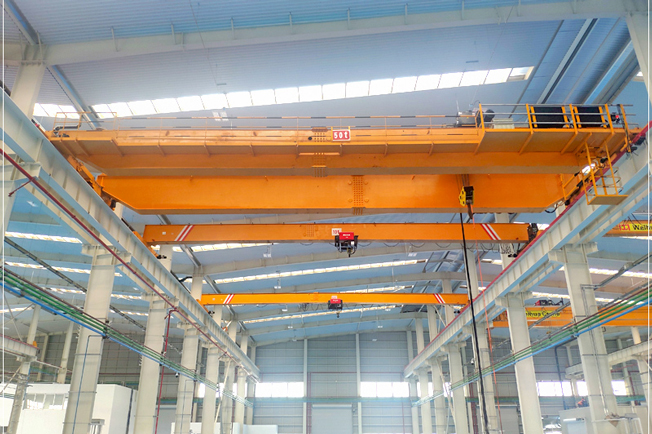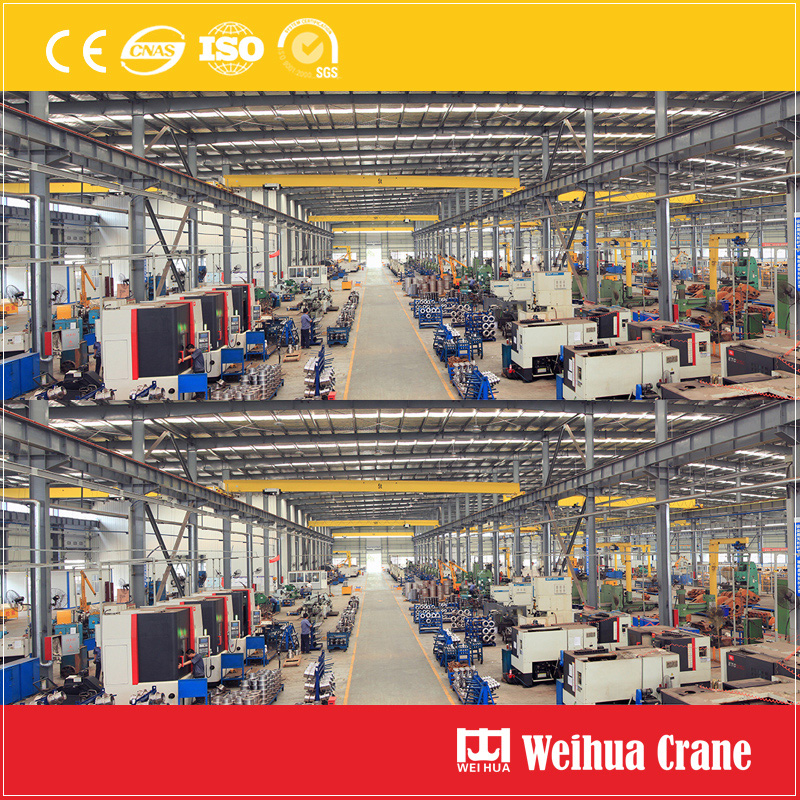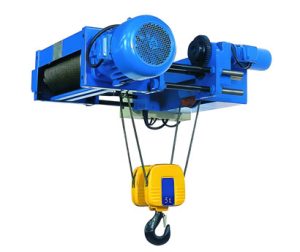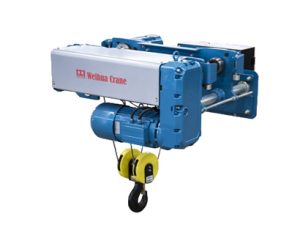
Bridge inspection isn't just a job; it's a critical safeguard for public safety and infrastructure longevity. Accessing every nook, cranny, and critical structural element hundreds of feet above water or ground requires specialized equipment. At the heart of the most effective modern bridge inspection platforms – the workhorse aerial platforms that get inspectors precisely where they need to be – lies a crucial component: the Electric Hoist.
Online ChatGone are the days of relying solely on cumbersome manual systems or complex hydraulic setups for primary lifting. Electric hoists have become the preferred solution for elevating and positioning these vital platforms, and for excellent reasons.

1. Precision Control & Smooth Operation: Inspecting intricate bridge components like bearings, expansion joints, or underside soffits demands millimeter-perfect positioning. Electric hoist offer exceptional control over lifting and lowering speeds. Operators can make fine adjustments effortlessly, allowing inspectors to hold a steady position exactly where needed, even in windy conditions, for detailed visual assessment, sounding, or NDT (Non-Destructive Testing). The smooth start and stop prevent jerky movements that could destabilize the platform or compromise inspection quality.
2. Enhanced Safety: Safety is paramount when working at height over traffic or water. Electric hoists contribute significantly:
Integrated Braking Systems: Multiple fail-safe braking mechanisms (mechanical and electromagnetic) engage automatically if power is lost or an overload is detected, preventing uncontrolled descent.
Overload Protection: Sophisticated sensors prevent the hoist from lifting beyond its Safe Working Load (SWL), protecting both personnel and the equipment from catastrophic failure.
Controlled Descent: In the rare event of a power failure, many models feature manual emergency lowering mechanisms for a safe, controlled return to the ground.
3. Durability & Reliability in Harsh Environments: Bridge inspection happens rain or shine, often in environments laden with dust, moisture, road salt, and temperature extremes. Industrial-grade electric hoists are built tough:
Robust Construction: High-quality materials and sealed components resist corrosion and ingress.
Low Maintenance: Compared to hydraulic systems with potential for leaks and complex maintenance, electric hoists generally require less frequent servicing, minimizing downtime.
Consistent Performance: Electric motors deliver reliable power output regardless of ambient temperature fluctuations that can affect hydraulic fluid viscosity.
4. Efficiency & Ease of Use: Electric hoists streamline operations:
Faster Setup/Lowering: Electric power enables quicker elevation to the work zone and faster descent upon completion compared to manual systems.
Reduced Operator Fatigue: Simple push-button controls require minimal physical effort from the operator, allowing them to focus entirely on safe platform positioning and communication with inspectors.
Quieter Operation: Electric hoists generate significantly less noise than hydraulic power units, improving communication on the platform and reducing environmental noise pollution near sensitive areas.
5. Integration Capabilities: Modern electric hoists seamlessly integrate with the platform’s overall control system. This allows for:
Centralized Control: Operators can manage lifting functions alongside other platform movements (rotation, outreach) from a single console.
Diagnostics: Potential faults can be monitored and diagnosed through integrated sensors and control systems.
Safety System Syncing: Hoist operation can be interlocked with platform safety features like tilt sensors or outrigger status.

1. Safe Working Load (SWL) & Duty Cycle: Must exceed the weight of the platform at maximum extension with personnel and tools, and be rated for the frequent starts/stops typical of inspection work (e.g., FEM 1Am or HMI duty cycle).
2. Lifting Speed & Control: Variable speed control is essential for precise positioning.
3. Environmental Protection Rating: Look for high IP (Ingress Protection) ratings (e.g., IP65 or higher) for dust and water resistance.
4. Power Supply: Compatibility with the platform’s electrical system (voltage, phase).
5. Braking System: Redundant, fail-safe brakes are non-negotiable.
6. Certifications: Must comply with relevant regional and international safety standards (e.g., ASME B30.16, EN 14492-2, CE, OSHA requirements).
The right electric hoist doesn’t just lift; it empowers inspectors. By providing stable, precise, and safe access, it allows for:
1. Thorough visual examination of hard-to-reach areas.
2. Effective use of advanced tools like ultrasonic thickness gauges, crack detection equipment, and high-resolution cameras.
3. Accurate documentation of defects without time pressure induced by unstable positioning.

As bridge inspection platforms evolve, so do their hoists. We see trends towards:
1. Smart Hoists: Integrated sensors for real-time load monitoring, temperature sensing, and predictive maintenance alerts.
2. Enhanced Energy Efficiency: Regenerative drives that capture energy during lowering.
3. Improved Connectivity: Integration with broader asset management systems for data logging and maintenance scheduling.


The electric hoist is far more than just a winch on a bridge inspection platform; it’s the reliable, precise, and safe muscle that makes modern, efficient, and thorough inspections possible. Choosing a robust, well-specified electric hoist is an investment in the safety of inspection crews, the quality of the inspection data, and ultimately, the longevity and safety of the bridges we all depend on. When evaluating or specifying your next bridge inspection platform, pay close attention to the hoist – it’s the silent workhorse ensuring mission success.
Need expert advice on the right electric hoist solution for your bridge inspection needs? Consult with specialized access platform manufacturers and hoist suppliers today.
We value your feedback! Please complete the form below so that we can tailor our services to your specific needs.

20 Tons Electric Hoist Key Features & Benefits 1. Exceptional Lifting Capacity &……

The Milwaukee electric chain hoist is engineered for demanding industrial applications, ……

The core of the electric wire rope hoist is composed of a motor, a reduction mechanism, ……

Pittsburgh Electric Hoist Key Features 1. Powerful Motor: Equipped with a durable elec……
